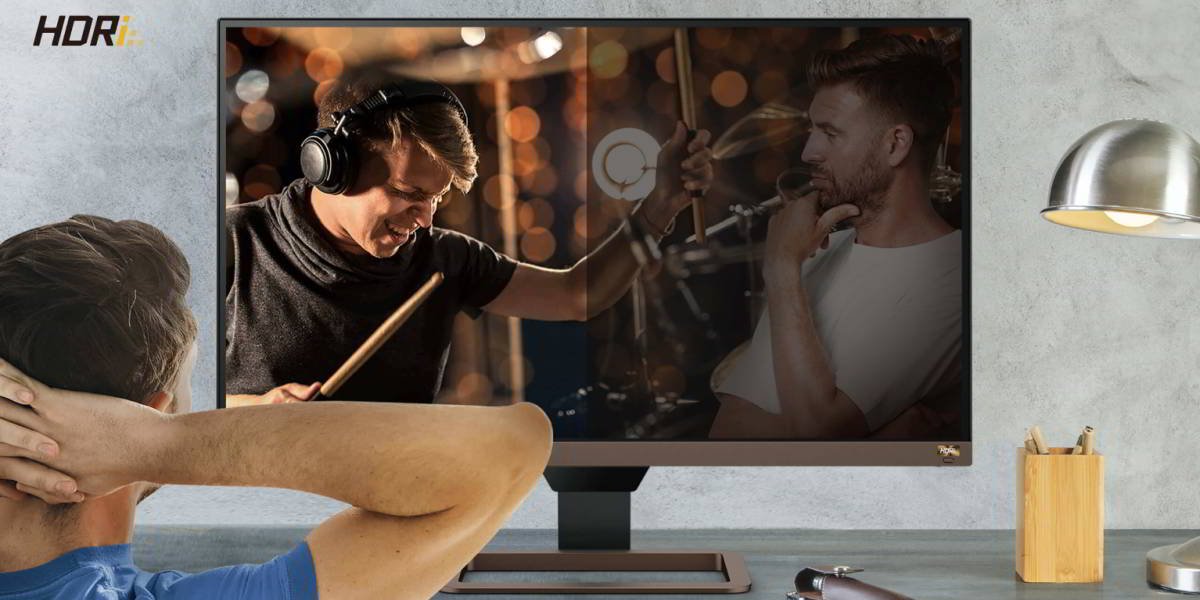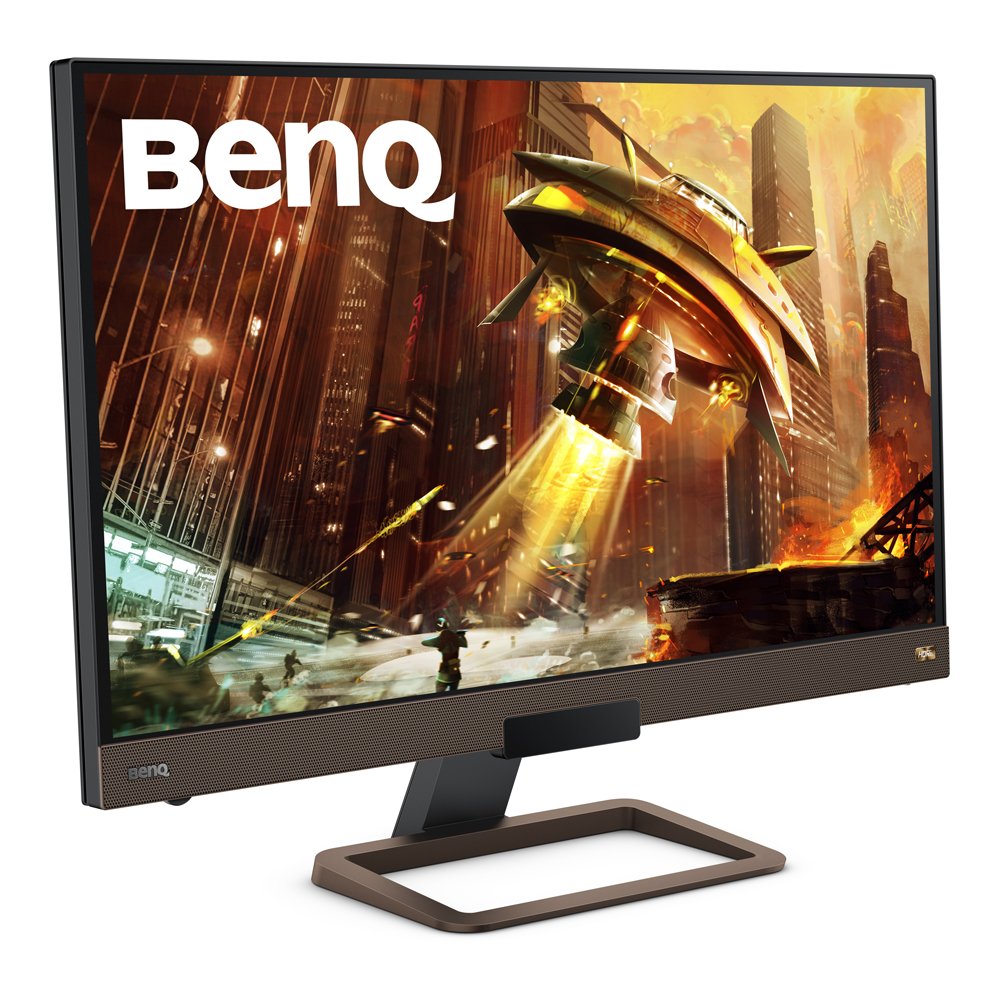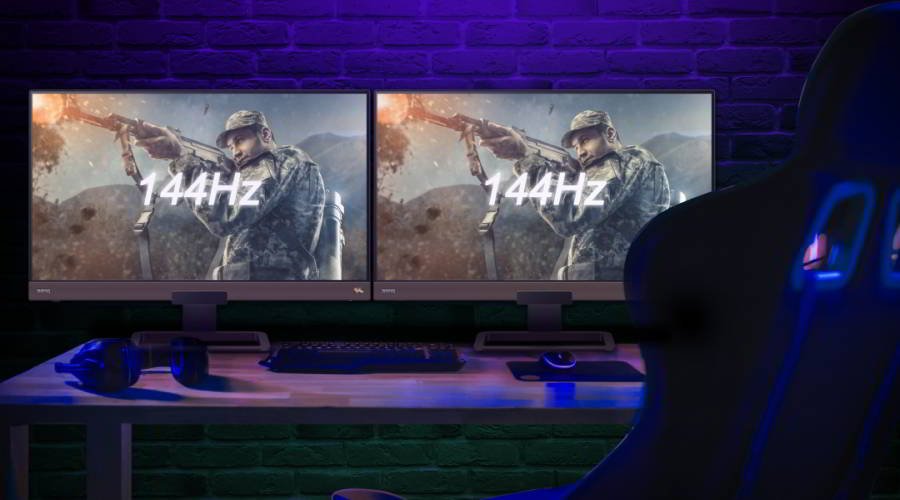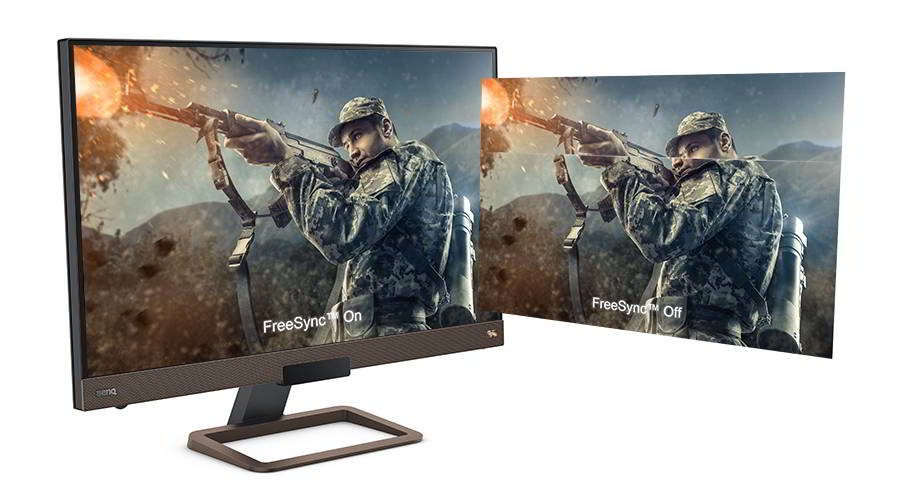Projector
Monitor
Lighting
Digital Display
Job References
This site uses cookies. By continuing to browse the site you are agreeing to our use of cookies, you can also manage preferences.
This site uses cookies. By continuing to browse the site you are agreeing to our use of cookies, you can also manage preferences.
Projector
Monitor
Lighting
Digital Display
Job References
Projector
Monitor
Lighting
Digital Display
Job References
Knowledge Center SupportIf you have a newer gaming monitor with true HDR, you may realize it doesn’t have a brightness setting. That’s because peak brightness is now a must, and brightness controls have become redundant.

That HDR is part of the new normal for monitors and gaming is well-known by now. High dynamic range makes image quality brighter and more vivid. It adds realism to displays and helps colors pop with life. BenQ HDRi technology takes HDR to the next level by auto-adjusting display brightness based on ambient lighting, instead of sticking with static HDR metadata.
However, HDR also happens to function as a very delicate technology. The line between standard dynamic range (SDR) and high dynamic range isn’t always that clear. Generally, VESA DisplayHDR certification requires a minimum of 400 candelas or nits of peak brightness to qualify as HDR. Formats such as HDR10 settle for slightly lower figures like 350 candelas/nits. Anything below that looks essentially like SDR and will function as HDR in name only. For context, DisplayHDR currently goes up to 1400 nits, and several TV manufacturers routinely make models capable of 4000 nits. So don’t worry, HDR isn’t like staring at the sun.
The advent of HDR has essentially made the brightness setting redundant, because monitors and TVs that wish to deliver good HDR performance must always showcase peak brightness. Other than when displaying SDR content, in which case they can automatically tone down brightness without user intervention.
Note even the most hardcore, top of the line, expensive TVs now have essentially done away with brightness settings and only offer gamma scales. Even those don’t do much, because in the age of HDR reducing brightness makes as much sense as trying to turn water a little drier. Games, movies, TV shows, and even photos are rendered and mastered with HDR baked in, so lowering their brightness would do nothing but detract from the way they were intended to be viewed.
Many monitor and TV models no longer have a brightness setting because for HDR to work properly peak brightness must be maintained, meaning the brightness slider serves no useful purpose. If you lower the brightness while in HDR, you’ll just ruin the image quality and defeat the whole logic of having an HDR-capable display. Removing the brightness setting therefore serves to prevent accidental compromises of image quality. In simple terms, there’s just no point to having a brightness setting in a display that emphasizes HDR. Lowering brightness on an HDR display is about as sensible as turning off the heater in the International Space Station – why would anyone want to do that?
BenQ HDRi offers a proprietary technology that adjusts HDR content based on ambient lighting and preset modes. You can choose from various types of HDR profiles, for example gaming and movie. And then there’s the reactive side of HDRi, which instead of fixed brightness values has auto adjustment of screen luminance. So if you’re gaming from dusk till dawn, you’ll notice the screen changing brightness. If you’re in a dark room and someone turns on a light, the screen will increase in brightness to compensate. Bright room with sudden onset of clouds outside? The screen will darken to adjust. All controlled by HDRi.
Some people may find this process off putting, which is why BenQ gaming monitors with HDRi or our related Brightness Intelligence technology have a standard or reference HDR mode called DisplayHDR. This’ll typically be standard HDR10 or Dolby Vision specs. Switch to that and the auto brightness adjustment will stop. It’s up to you which one works better for your tastes.

We realize some people may have a physical problem with bright screens. If you feel a brightness setting is still important, please let us know via BenQ social media accounts or by contacting our support teams around the world. In the meantime, you can always disable HDR altogether at the source. Game consoles and set top boxes from Apple TV to Xbox and everything in between all have an HDR toggle in their settings. Simply tick that off and you’ll have regular SDR output.
We only recommend that for folks who find bright screens uncomfortable for any reason. If you don’t, then the recommendation is clear: go with HDR.
Thanks for your feedback!



